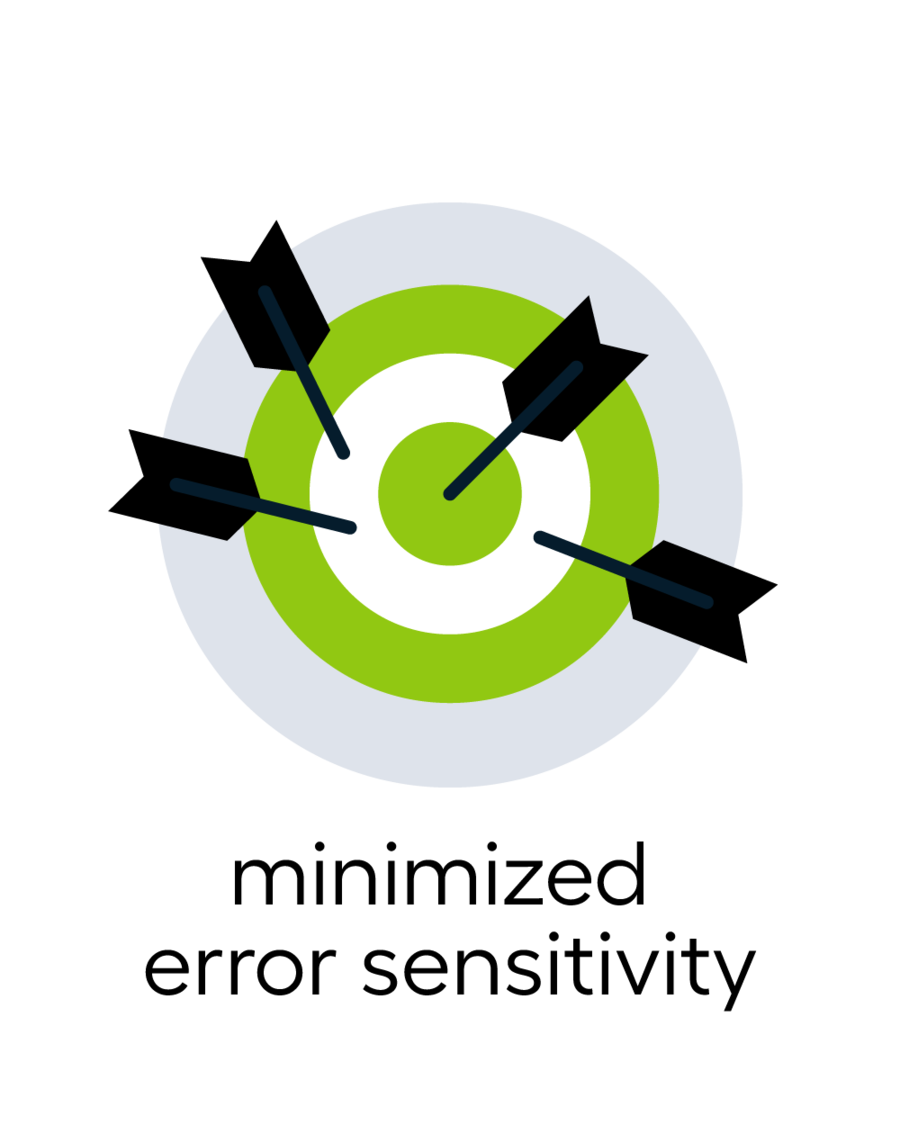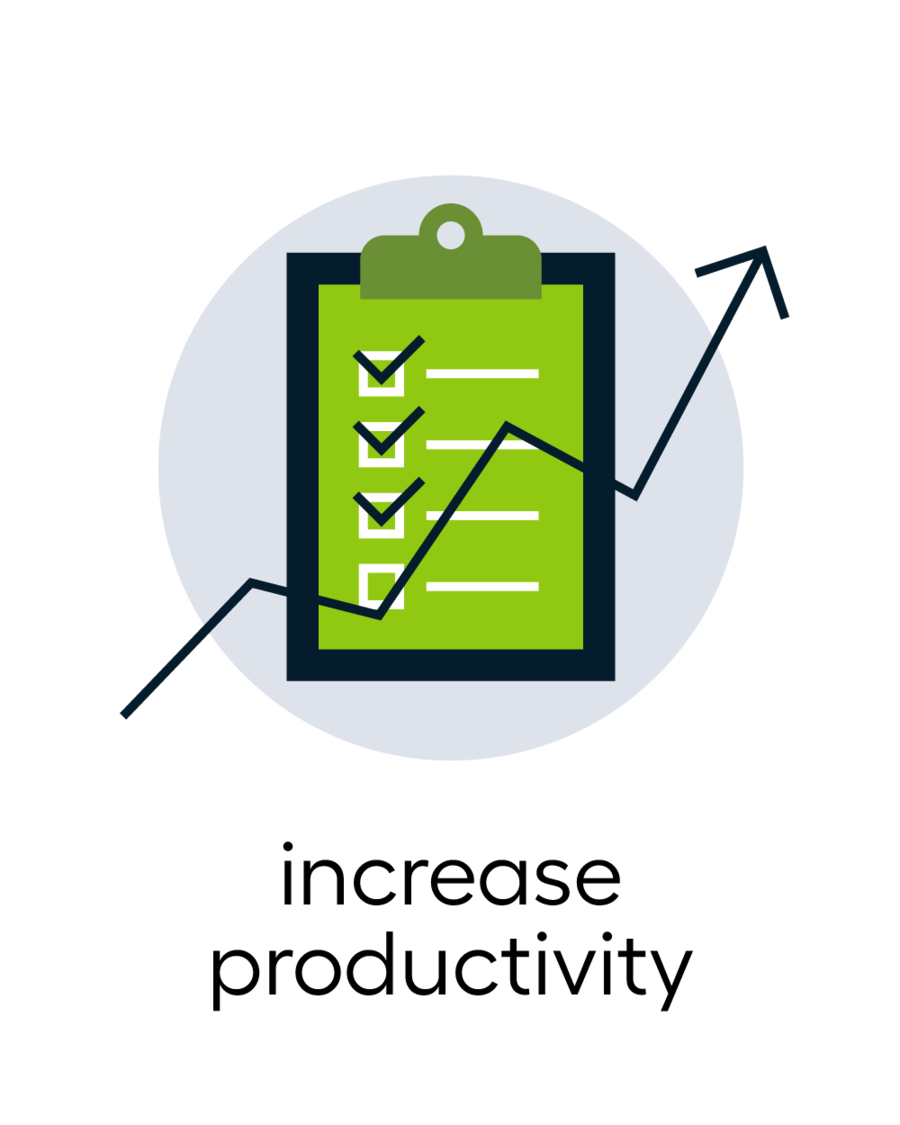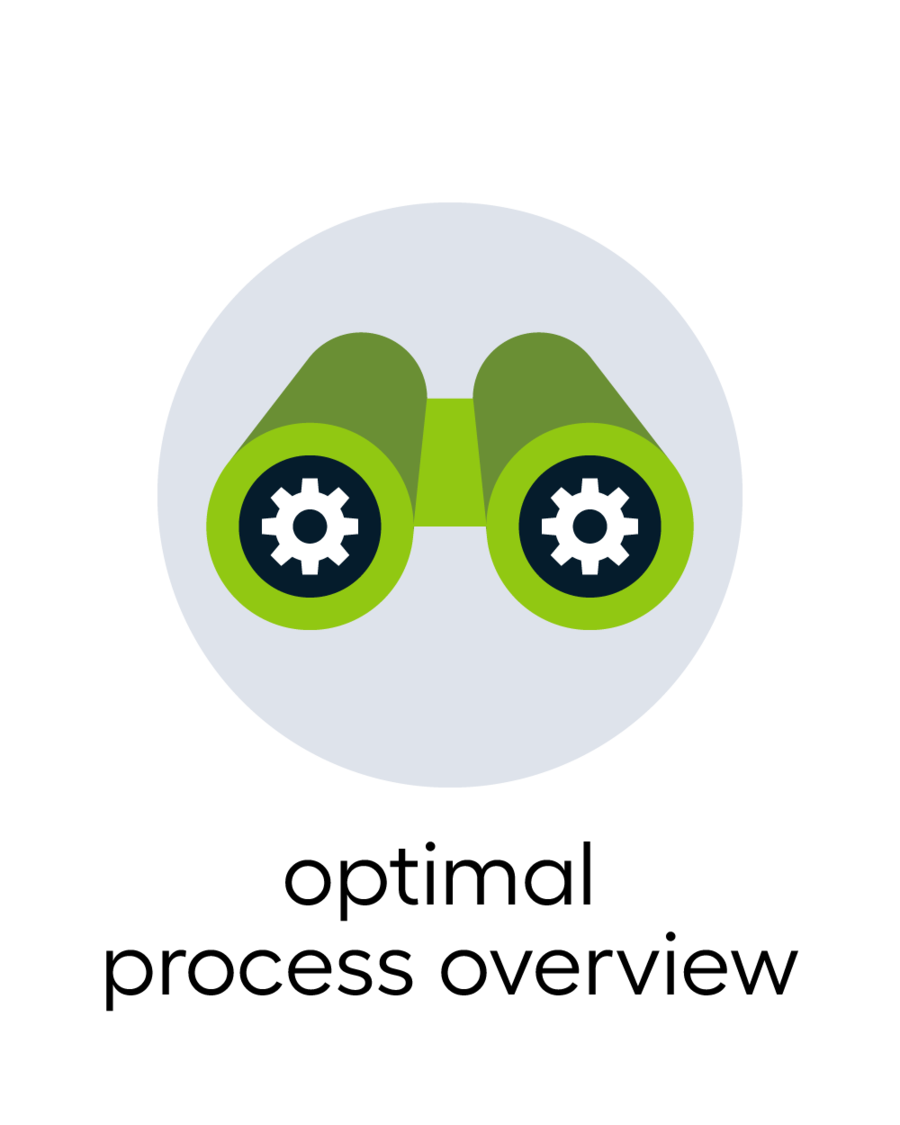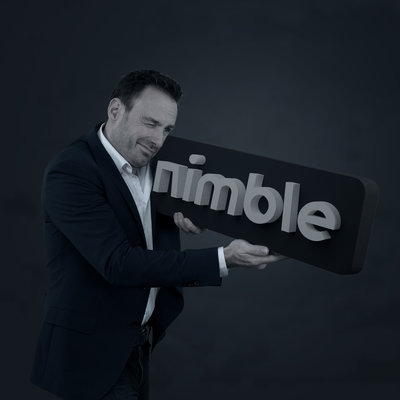Results of OnderhoudNL



About OnderhoudNL
OnderhoudNL is an association of skilled experts focused on property maintenance. Its 1700 members range from independent professionals to small and medium-sized enterprises, actively engaged in daily tasks such as painting, glazing, renovating, restoring, insulating, and industrial metal conservation. With a strong team, they are committed to the preservation and sustainability of the built environment in the Netherlands.
Challenge
OnderhoudNL aims for a future with the focus on working digitally. This includes goals as, simplifying processes, enhancing collaboration, and creating more structure. A key aspect of this transition is redesigning the way of storing documents.
Previously, document storage at OnderhoudNL was handled in a fragmented manner, with files spread across local servers and the cloud. This led to inefficiencies and challenges in accessibility and security. The need arose to centralize this approach and fully transition to the cloud, enabling employees to collaborate securely and accessibly. Alongside this technical shift, it was essential to establish clear working agreements that are understandable and practically applicable across the organization. This would bring more peace and structure.
However, an additional challenge was the lack of ownership regarding the IT processes, which delayed the transition to this new approach. Appointing clear responsibilities is therefore a crucial step in this digital transformation.
Solution
To overcome the challenge, we implemented a three-step plan. First, we established a working group to shape and guide the transition from within the organization. This team existed of individuals with diverse levels of knowledge and expertise, providing a well-rounded representation of the entire organization.
The first phase focused on mapping out existing work processes by interviewing ten employees from different parts of the organization. Each person used IT systems in their unique way, leading to varied approaches and a lack of standardization. This resulted in difficulties retrieving information and a lack of synergy within the organization. During these interviews we also already build support and awareness for the changes across the organization.
After analyzing the interviews, we moved to the second phase, where we concluded that a simple and powerful foundation using Microsoft applications would be most effective. This phase centered on transitioning to a future-proof and standardized way of working. We guided employees through the Microsoft 365 landscape, an essential step to ensure their engagement and acceptance of the new systems. The team selected four applications for implementation and established clear guidelines for effective integration. Under our motto, ‘fun makes it run,’ we invited cartoonist Herman Roozen to create humorous drawings, adding a light-hearted yet sharp touch to the session. On January 1st, we turned off the physical servers, completing OnderhoudNL’s transition to the cloud.
The third and final phase was dedicated to ensuring a smooth adoption of Microsoft 365. Given the varied knowledge levels within the team, we offered foundational training to equip all employees with the necessary baseline understanding to work uniformly with Microsoft 365. To ensure lasting results, we continue to conduct regular audits. On June 4th, we conducted the first audit, re-interviewing the same employees to track progress and ensure the cultural shift is embraced. These audits will take place periodically to secure sustainable results. This is crucial, as people often revert to old habits, and a single instruction is typically insufficient to achieve lasting change.
Result
The successful migration of all files within the set deadline is a testament to the flexibility and speed of the project. Thanks to the excellent effort and collaboration of all parties involved, we were able to migrate a massive amount of data accurately and on time.
A robot processes data five times faster than a human, taking an average of just 40 seconds to transfer a file, including thorough content validation and a detailed results report for final review. The robot records and processes each successfully transferred report. In cases where the robot was unable to transfer a report successfully, it was flagged for manual follow-up, which occurred in less than 1% of the cases.
Through effective collaboration between various chain partners, the project was completed within the specified time frame using this rapid solution, without the need for additional personnel.
